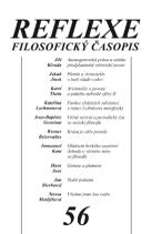Perception in Husserl’s Static and Genetic Phenomenology
For phenomenology, sensory perception has the important merit that the perceived is the primary given fact – and yet it is also the case that the sense of the perceived thing goes beyond the actually present. The paper shows how Husserl coped with this dilemma. In Books I and II of his Ideas, Husserl uses the method of static phenomenology. The most important problems of this inquiry are, first, the unclear nature of sense data, and second, layered constitution – a concept helpful for the description of objects as they are understood by science but problematic when thinking about perception. In the Analyses of Passive Synthesis, Husserl switches to genetic phenomenology, which in many respects transcends the static approach of Ideas. In particular, it leaves behind the problematic concept of sense data and also transforms the concept of layered constitution. Genetic analysis thus leads to a better understanding of perception; however, in some ways it still maintains an excessively objectifying approach to perceived reality.
Backlinks: Reflexe 33
